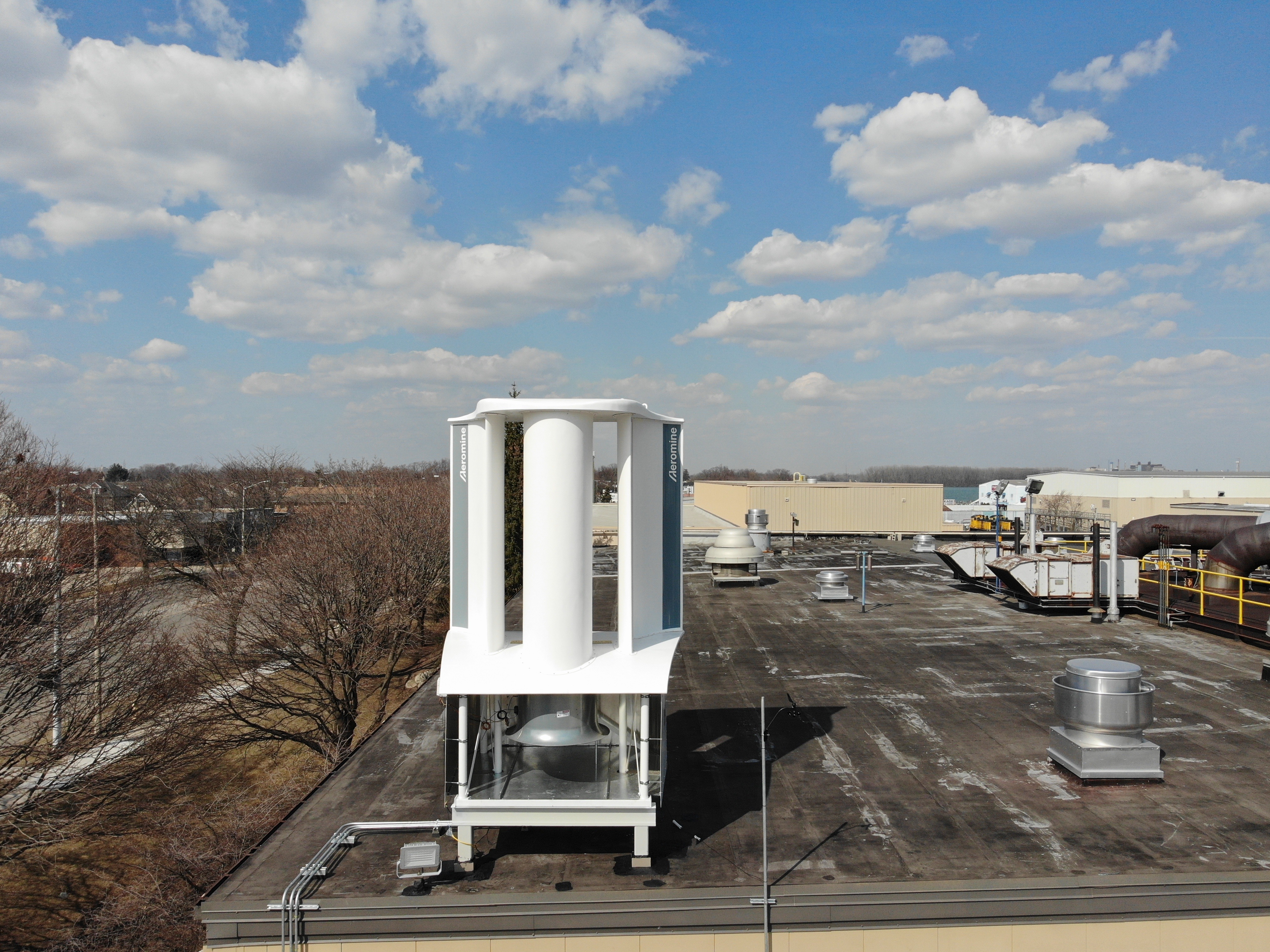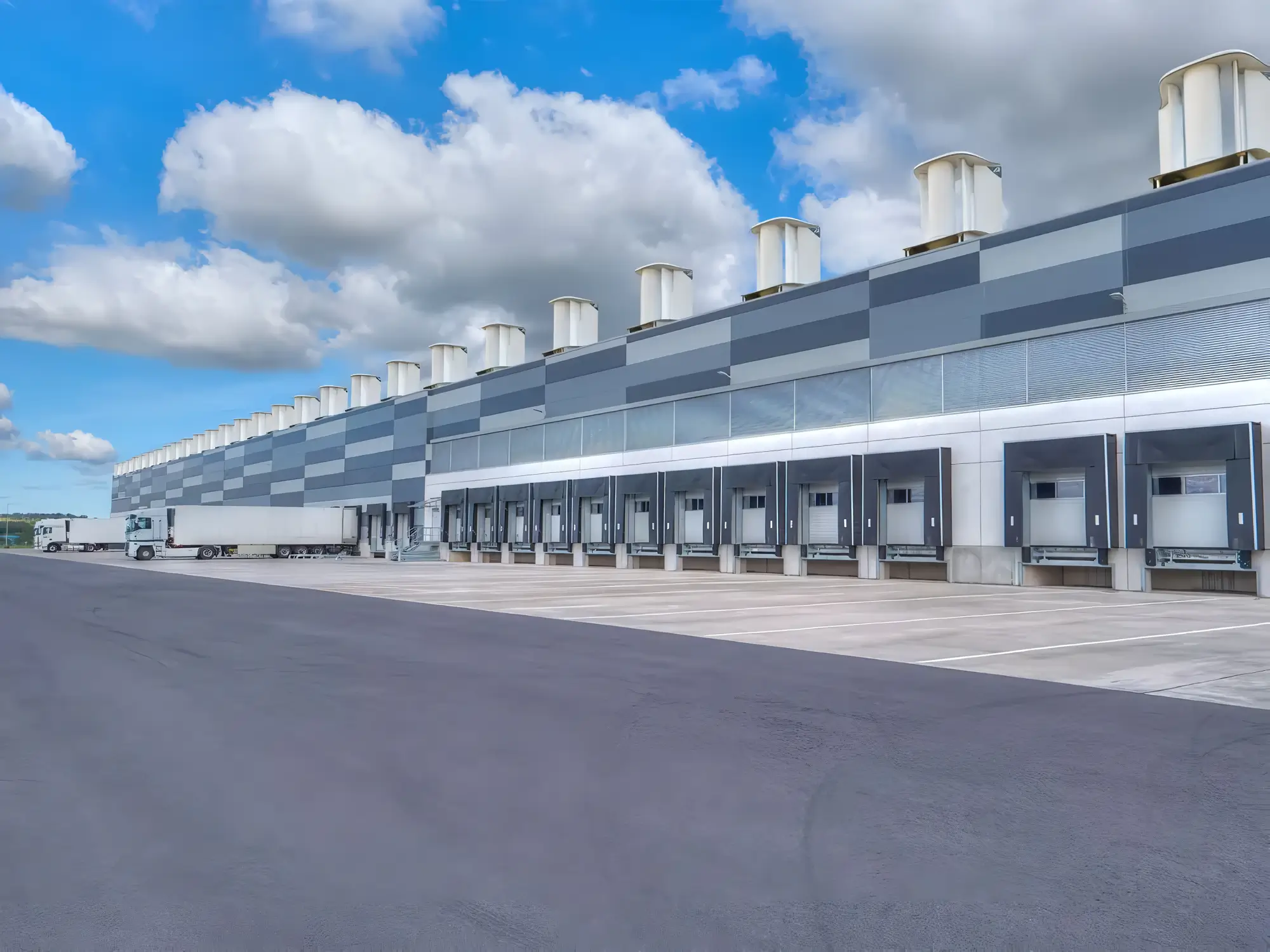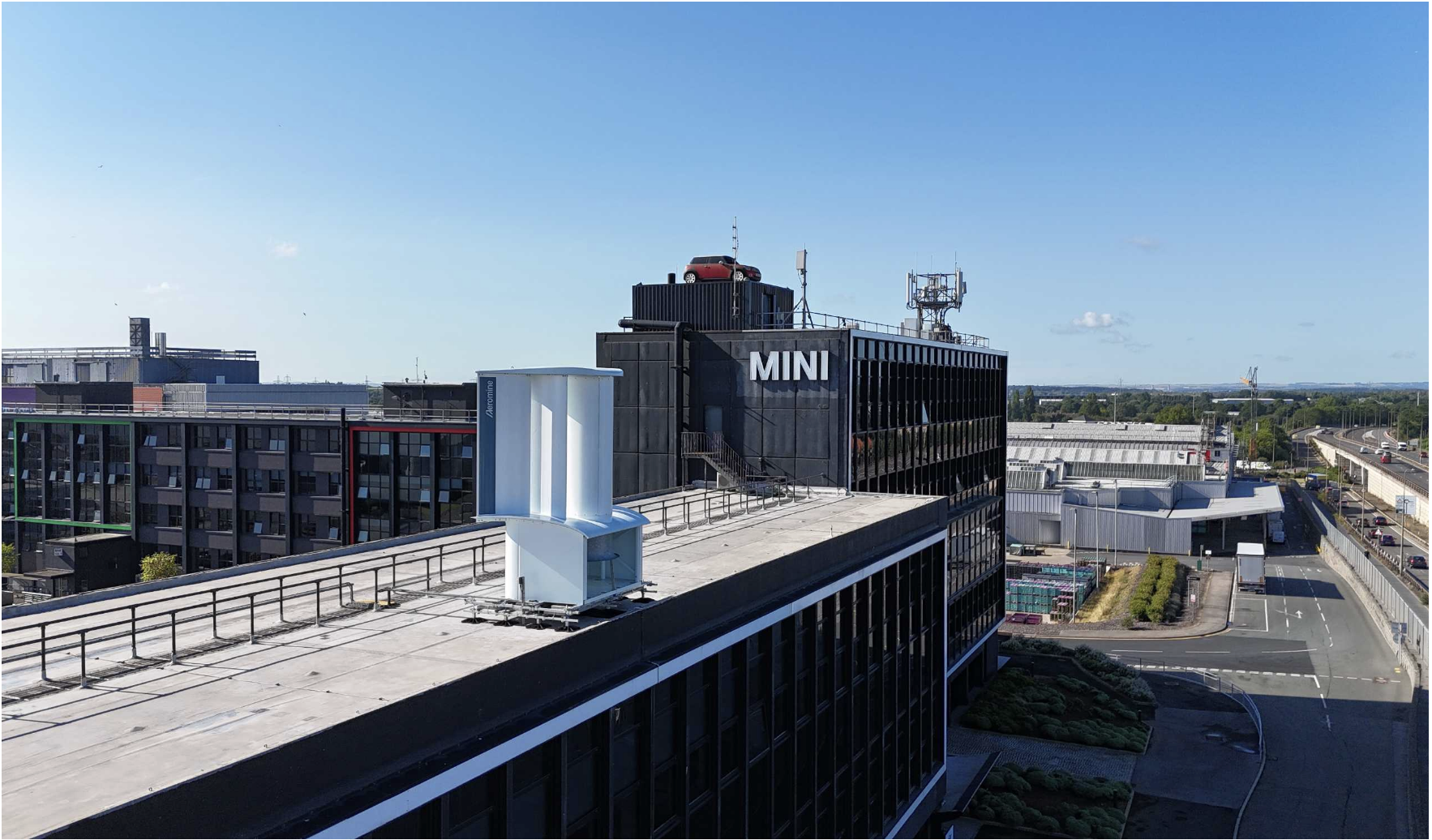September 5, 2024
By DAVID ASARNOW
The Inflation Reduction Act of 2022 (IRA), which became effective January 1, 2023, is the most significant climate legislation in U.S. history. The Act offers funding, programs, and incentives to accelerate the transition to a clean energy economy and is expected to drive significant deployment of new clean electricity resources, create millions of good jobs, and serve as a catalyst to a once in a generation energy innovation cycle. One of the most forward-thinking aspects of the legislation is its technology-neutral approach, which levels the playing field for emerging and innovative technologies.
In addition to spending more than $300 billion on deficit reduction to fight inflation, allowing Medicare to negotiate for prescription drug prices, and extending the expanded Affordable Care Act program through 2025, the Inflation Reduction Act (IRA) invests heavily in domestic energy production and manufacturing while aiming to reduce carbon emissions by roughly 40 percent by 2030.
According to the Rhodium Group’s and MIT’s Clean Investment Monitor, companies have already announced more than $336 billion in new investments to build the clean energy economy as a result of the IRA. This includes investments in industries like electric vehicles, batteries and energy storage, clean energy manufacturing, clean power generation, carbon management, and many others. Additionally, the IRA calls for comprehensive permitting reform, which is essential to unlocking domestic energy and transmission projects, lowering consumer costs, and helping us meet our long-term emissions goals.
One of the IRA’s most overlooked and potentially impactful elements is its technology-neutral approach. While clean energy incentives, such as investment and production tax credits, are well established, effective, and generally bipartisan, they are often geared toward established technologies like solar PV and traditional onshore wind turbines.
Under the IRA, new and emerging technologies such as Aeromine’s rooftop wind turbines, geothermal power systems, carbon removal, and biofuels can now access these incentives, driving adoption and innovation. Additionally, the mechanisms for monetizing these tax credits have become less opaque and reliant on tax equity markets, traditionally dominated by large banks with a conservative approach to emerging technologies deemed more “risky.” This streamlined process allows emerging technologies to compete more effectively with incumbent solutions.
The IRA’s Investment Tax Credit (ITC) and Production Tax Credit (PTC) allow taxable business entities and certain tax-exempt entities to deduct a percentage of the cost of renewable energy systems from their federal taxes. IRA Section 48(e) also offers new access to clean energy tax credits with an emphasis on reaching disadvantaged populations and communities with environmental justice concerns. Certain ITC projects may qualify for bonus credits if they meet environmental justice criteria.
The IRA is the largest package of clean energy incentives ever, designed to spur investment and accelerate the deployment of clean energy, clean vehicles, buildings, and manufacturing. By leveraging tax incentives rather than regulation, the IRA encourages the manufacturing, adoption, and deployment of clean energy solutions. These incentives include tax credits for renewable energy projects, facilities that generate clean electricity, and the manufacturing components for solar and wind energy, inverters, battery components, and critical minerals. The law also sets out production tax credits for renewable and clean electricity as well as power from qualified nuclear facilities.
The process for companies with emerging technologies to transfer and monetize these tax credits has been streamlined, making them more competitive with incumbent solutions. The result is an incentive system that encourages power consumers to maximize their investment in generation and efficiency technologies.
Under the IRA, additional incentives are available to produce these technologies domestically, serving as an important economic and geopolitical catalyst for creating one of the next great technology innovation cycles.
In its first year, a total of 280 clean energy projects were announced in 44 states, representing $282 billion in investment. In total, the law aims to pump more than $370 billion over 10 years into wind energy, solar power, batteries, and electric vehicles. It is designed to help the country move away from fossil fuels, the burning of which is driving up global temperatures, according to the majority of climate scientists.
The IRA has faced significant claims and intense criticism from the start, becoming a hot topic in the U.S. presidential election. Some have called for halting the transition away from traditional energy sources, with plans to reverse the IRA. Regardless of political views, reversing the IRA would be a mistake, as it has created substantial employment opportunities, accelerated the U.S. transition to an all-of-the-above energy strategy, and serves as a catalyst for achieving long-term emissions reduction goals.
At Aeromine, we believe these policies support a non-partisan, all-of-the-above energy strategy that represents the best way forward to combat climate change and shape our energy future, driving the most important and impactful technology innovation cycle of our generation.
https://www.congress.gov/117/bills/hr5376/BILLS-117hr5376enr.pdf
Source:
https://propmodo.com/inflation-reduction-act-a-boon-to-clean-energy-tech-development/


